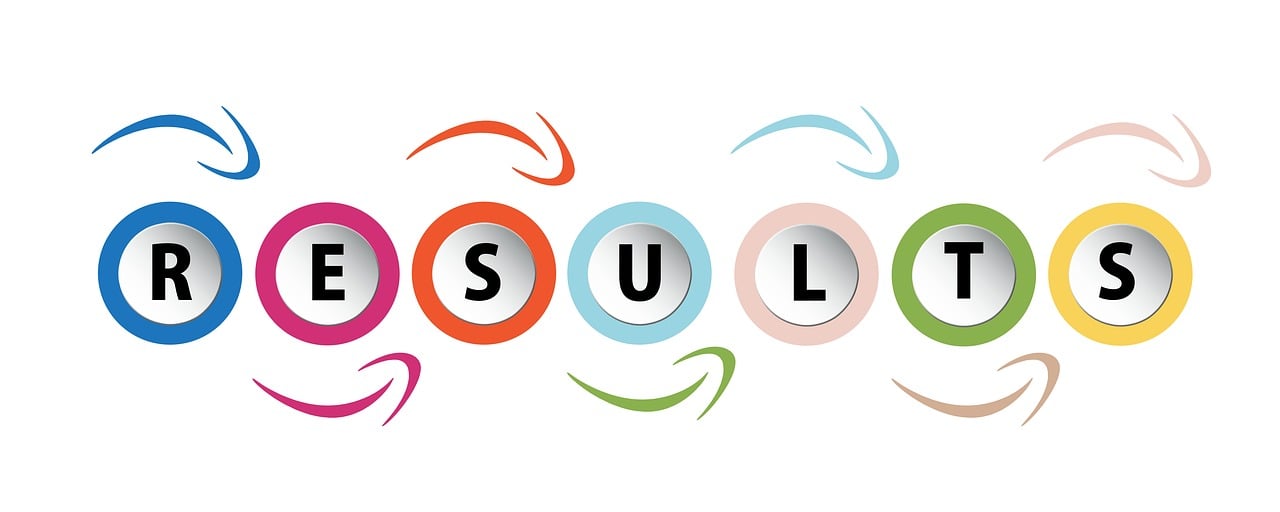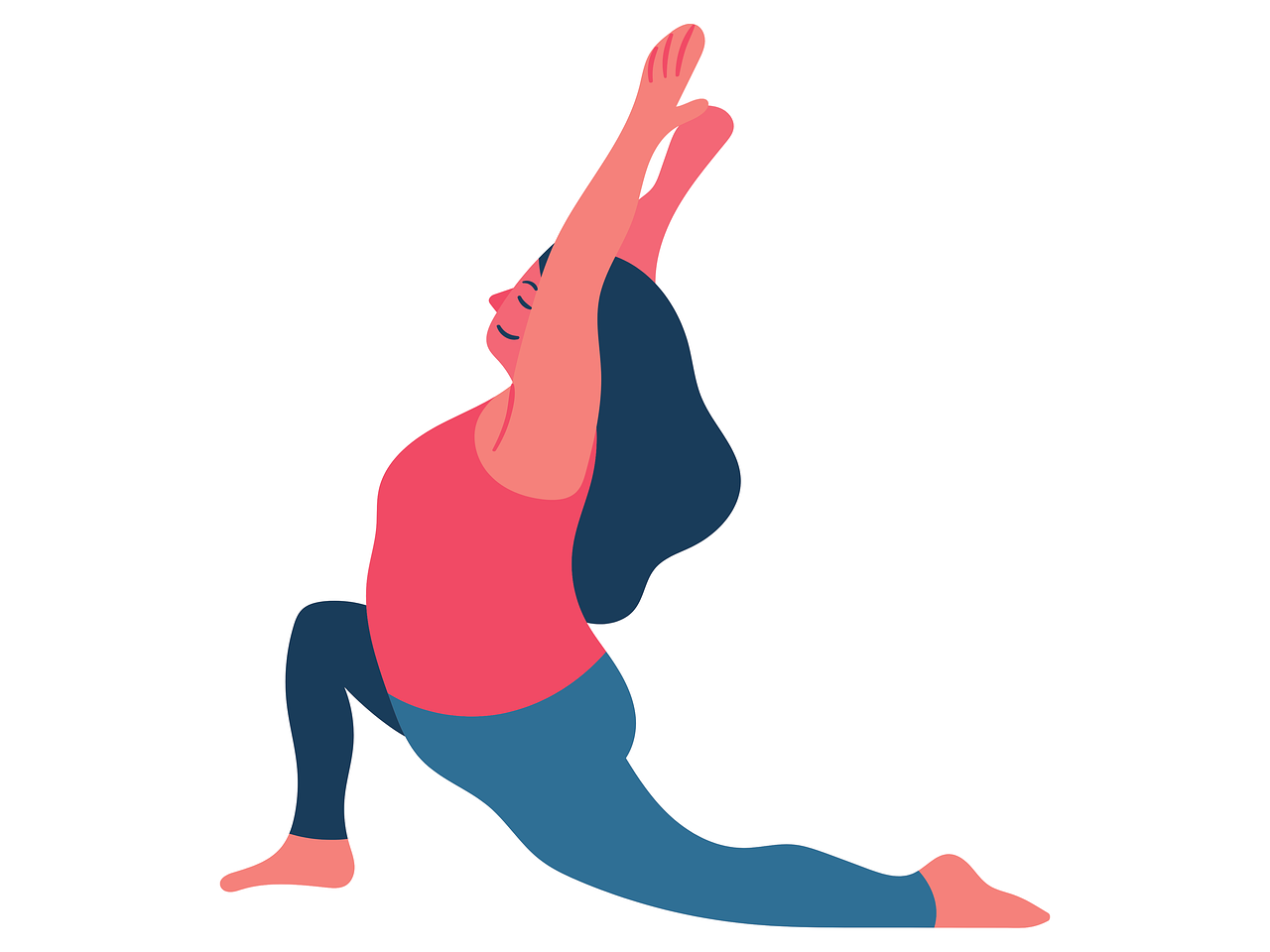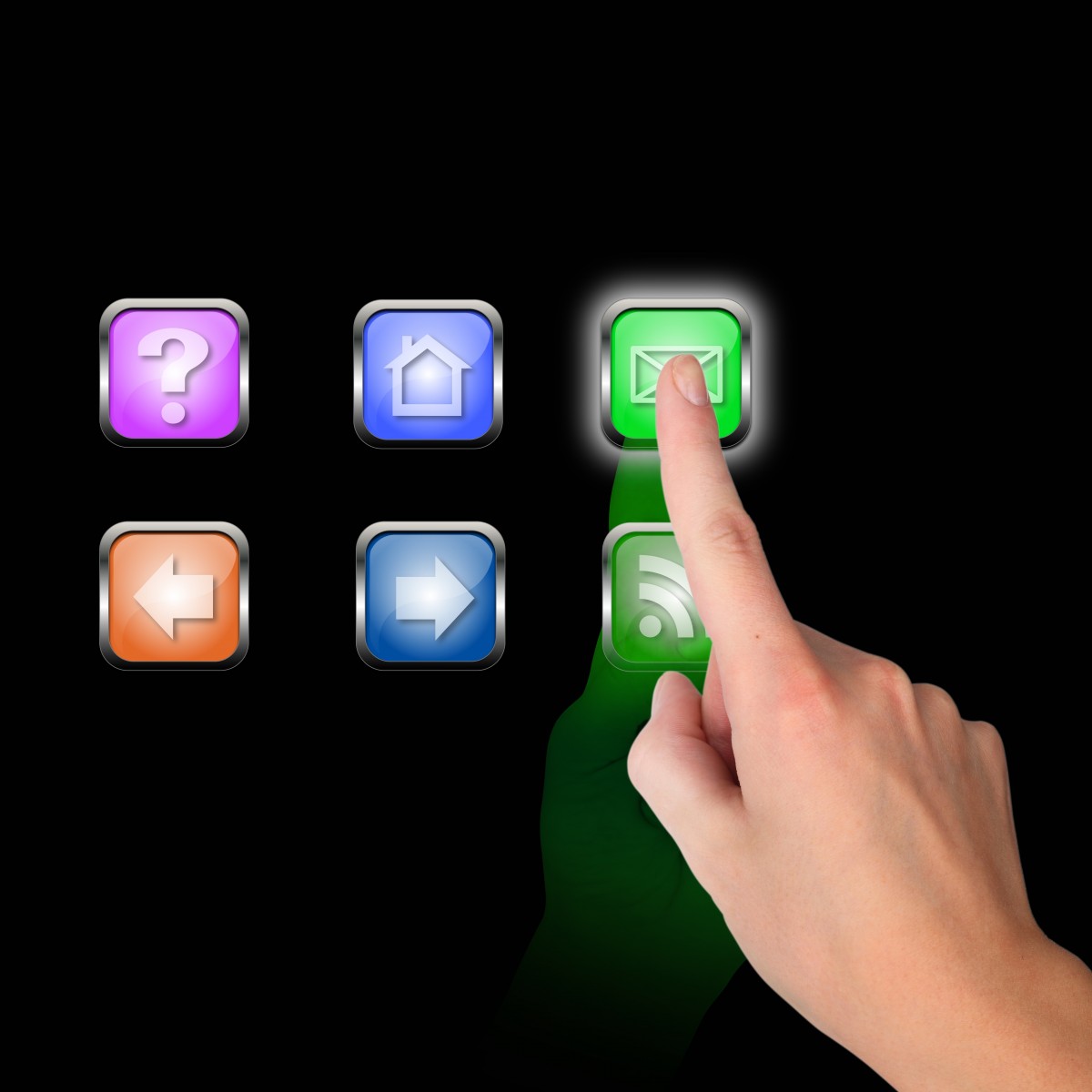Balancing Work and Personal Life: Practical Advice for the Modern Individual
In today’s fast-paced world, maintaining a balance between work and personal life can seem like an elusive goal. The demands of modern work life, coupled with the responsibilities of personal life, can easily lead to stress and burnout. However, achieving a harmonious balance is not only possible but also essential for long-term success and well-being. This post explores practical strategies to help modern individuals navigate this complex landscape effectively.
Understanding the Importance of Work-Life Balance
Work-life balance is crucial for maintaining both physical and mental health. When work demands become overwhelming, personal life often suffers, leading to a cycle of stress and reduced productivity. Conversely, prioritizing personal time can lead to greater job satisfaction and a healthier lifestyle. According to Forbes, achieving a balanced life can enhance creativity and improve focus, which ultimately benefits both personal and professional realms.
Setting Boundaries
One of the most effective strategies for balancing work and personal life is setting clear boundaries. This involves creating distinct lines between work hours and personal time. For instance, establishing a specific time to stop checking work emails can prevent work from encroaching into personal life. Additionally, communicating these boundaries to colleagues and supervisors is essential to ensure they are respected.
Moreover, setting boundaries should not be limited to work hours. It also involves limiting the emotional and mental energy devoted to work issues during personal time. This allows individuals to fully engage in personal activities, contributing to a more fulfilling life outside of work.
Prioritizing Time Management
Effective time management is a cornerstone of work-life balance. Prioritizing tasks based on urgency and importance can help individuals focus on what truly matters. Utilizing tools such as calendars and to-do lists can aid in organizing tasks and reducing the feeling of being overwhelmed.

Time management also involves delegating tasks when possible. Delegation not only reduces personal workload but also empowers team members and fosters a collaborative work environment. According to MindTools, learning to say no when necessary is also a critical component of time management, ensuring that personal time is protected.
Embracing Flexibility
The modern work environment increasingly offers opportunities for flexible work arrangements. Embracing this flexibility can significantly enhance work-life balance. Options such as remote work, flexible hours, and compressed workweeks allow individuals to tailor their work schedules to better fit personal commitments.
Flexibility also extends to personal expectations. Understanding that not every day will be perfectly balanced and being adaptable to changing circumstances can reduce stress and improve overall satisfaction. As noted by Psychology Today, adaptability is a key trait for navigating the complexities of modern life.
Incorporating Self-Care Practices
Self-care is an integral part of maintaining work-life balance. Engaging in activities that promote physical and mental health can prevent burnout and enhance productivity. Regular exercise, a balanced diet, and adequate sleep are foundational elements of self-care.
Additionally, incorporating mindfulness practices such as meditation and yoga can help manage stress and improve focus. Taking time for hobbies and leisure activities is also essential for recharging and maintaining a positive outlook. As highlighted by HelpGuide, stress management techniques are crucial for maintaining a balanced and healthy lifestyle.
Building a Support Network
A strong support network can provide valuable assistance in balancing work and personal life. This network can include family, friends, colleagues, and professional mentors who offer guidance, encouragement, and practical help when needed.
Open communication with these individuals about the challenges faced can lead to insights and solutions that might not be apparent otherwise. Involving family and friends in decision-making processes can also ensure that personal commitments are honored and supported.

The Role of Employers in Supporting Work-Life Balance
Employers play a significant role in facilitating work-life balance for their employees. Companies that prioritize employee well-being often see higher job satisfaction and productivity levels. Offering benefits such as flexible work schedules, mental health days, and wellness programs can make a significant difference.
Encouraging a culture of openness where employees feel comfortable discussing their work-life balance challenges is also vital. Employers can foster this environment by leading by example and promoting policies that support a healthy balance.
Takeaways
Balancing work and personal life is a dynamic process that requires ongoing effort and adjustment. By setting boundaries, managing time effectively, embracing flexibility, and prioritizing self-care, individuals can achieve a fulfilling balance that enhances both work and personal satisfaction. Building a robust support network and advocating for supportive workplace policies can further strengthen this balance. Ultimately, the pursuit of work-life balance leads to healthier, happier, and more productive lives.
Practical Tips for Everyday Balance
While overarching strategies are essential, practical, day-to-day tips can significantly contribute to achieving work-life balance. Here are several actionable suggestions that can be implemented immediately:
- Start Each Day with a Plan: Begin your day by reviewing your schedule and setting priorities. This can help you stay focused and minimize distractions.
- Take Regular Breaks: Short breaks throughout your workday can enhance productivity and prevent burnout. Consider techniques like the Pomodoro Technique, which involves working in focused bursts followed by short breaks.
- Set Digital Boundaries: In the digital age, it’s easy to remain perpetually connected. Designate specific times to disconnect from emails and social media to focus on personal activities.
- Practice Gratitude: Reflecting on positive aspects of your life can improve your mindset and reduce stress. Consider maintaining a gratitude journal to document daily achievements and moments of joy.
- Engage in Physical Activity: Regular exercise not only benefits physical health but also enhances mental clarity and mood. Even a short walk can provide a refreshing break from work-related tasks.

Long-Term Strategies for Sustainable Balance
For a sustainable work-life balance, individuals should also consider long-term strategies that can evolve with changing circumstances:
- Re-Evaluate Goals Periodically: Life circumstances and priorities change over time. Regularly assessing personal and professional goals can ensure that they remain aligned with current values and desires.
- Pursue Continuous Learning: Engaging in ongoing education and skill development can open new career opportunities and provide personal fulfillment. This can include formal education or self-directed learning through books and online resources.
- Invest in Relationships: Building and maintaining strong relationships with family, friends, and colleagues can provide emotional support and enrich personal life. Prioritize spending quality time with loved ones to strengthen these bonds.
Understanding the Challenges
Despite best efforts, achieving work-life balance can be fraught with challenges. Recognizing these obstacles is the first step toward overcoming them:
- External Pressures: Societal expectations and cultural norms can impose unrealistic standards of success, leading individuals to overextend themselves. Understanding these pressures can help individuals set realistic expectations.
- Internal Conflicts: Personal ambition and the desire for career advancement can sometimes conflict with the need for personal time. Balancing ambition with self-care is crucial for long-term well-being.
- Unpredictability: Life is inherently unpredictable, and unexpected events can disrupt carefully laid plans. Building resilience and adaptability into your routine can help mitigate the impact of such disruptions.
The Future of Work-Life Balance

The concept of work-life balance is continuously evolving as technology and societal norms change. Remote work, for instance, has blurred the lines between work and home life, presenting both challenges and opportunities. As the future of work continues to develop, individuals must remain adaptable and proactive in managing their balance.
Additionally, the rise of the gig economy and freelance work offers increased flexibility but also requires diligent self-management to prevent overworking. Staying informed about trends and developments in the workplace can help individuals make informed decisions about their careers and personal lives.
Conclusion: Striving for Harmony
Achieving a fulfilling work-life balance is a journey, not a destination. It requires ongoing effort, reflection, and adjustment to align with personal values and circumstances. By implementing practical tips and long-term strategies, individuals can create a harmonious balance that fosters well-being and success.
Ultimately, the goal is to integrate work and personal life in a way that enhances overall satisfaction and quality of life. As we navigate the complexities of modern living, embracing flexibility, prioritizing self-care, and investing in relationships will serve as guiding principles for a balanced and fulfilling life.
Leveraging Technology for Balance
In the quest for work-life balance, technology can be both a friend and a foe. While it can lead to constant connectivity and intrusion into personal time, it also offers tools that can help manage and organize life effectively:
- Productivity Apps: Apps like Trello, Asana, or Todoist can help organize tasks and track progress. These tools allow users to prioritize tasks and set deadlines, enhancing productivity and ensuring that important tasks do not slip through the cracks.
- Time-Tracking Software: Applications that track time spent on different tasks can provide insights into where time is being spent and identify areas where efficiency can be improved. This awareness can help in reallocating time to prioritize personal activities.
- Communication Tools: Tools like Slack or Microsoft Teams enable efficient communication, allowing for clear and concise interactions without the need for lengthy meetings. This can free up more time for personal endeavors.
- Automation: Automating repetitive tasks using tools like IFTTT (If This Then That) or Zapier can save time and reduce the mental load of remembering routine tasks.

Creating a Conducive Environment
The physical environment plays a significant role in work-life balance. Creating spaces that are conducive to both work and relaxation can support a balanced life:
- Dedicated Workspaces: Establishing a designated area for work can help separate professional tasks from personal activities. This physical boundary can aid mental separation of work and home life.
- Clutter-Free Zones: A tidy and organized space can enhance focus and reduce stress. Implementing organizational systems in both work and personal spaces can contribute to a calmer and more efficient environment.
- Relaxation Areas: Creating spaces at home dedicated to relaxation and hobbies can encourage downtime and provide a retreat from work-related stress.
Encouraging a Balanced Mindset
Ultimately, achieving work-life balance requires a shift in mindset. This involves embracing the idea that balance is a personal and evolving concept, unique to each individual:
- Redefine Success: Instead of viewing success solely in terms of career achievements, consider a more holistic view that includes personal happiness, health, and relationships.
- Practice Self-Compassion: Recognizing that imperfection is part of the human experience can reduce stress and prevent burnout. Allowing oneself to make mistakes and learn from them is essential for growth.
- Align with Values: Regularly reflect on personal values and ensure that both work and personal life align with these values. This alignment can provide a sense of purpose and fulfillment.
In conclusion, work-life balance is a dynamic and personal journey that encompasses various strategies and tools. By leveraging technology, creating supportive environments, and cultivating a balanced mindset, individuals can navigate the complexities of modern life with greater ease. The pursuit of balance is an ongoing process, one that requires patience, flexibility, and a commitment to personal well-being. As we strive for harmony in our lives, the rewards of balance—improved health, deeper relationships, and enhanced happiness—are well worth the effort.


